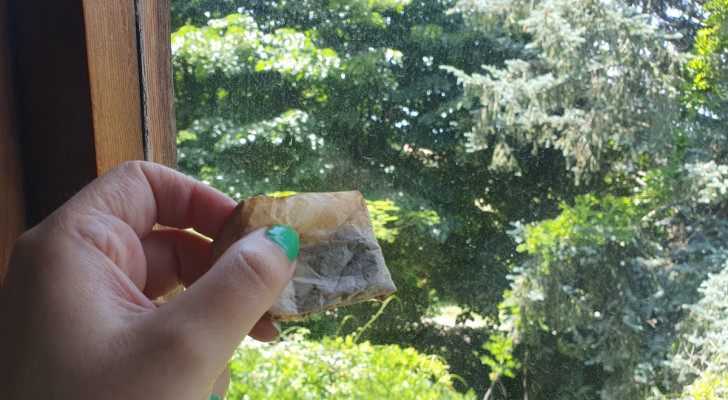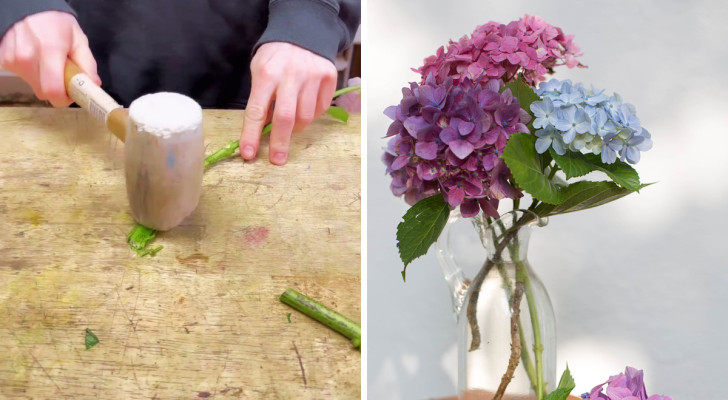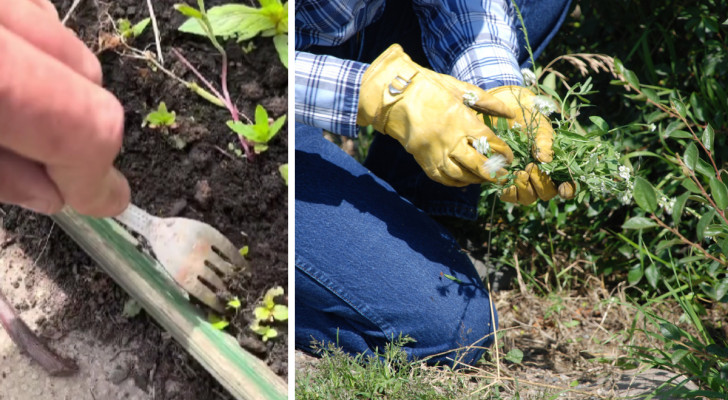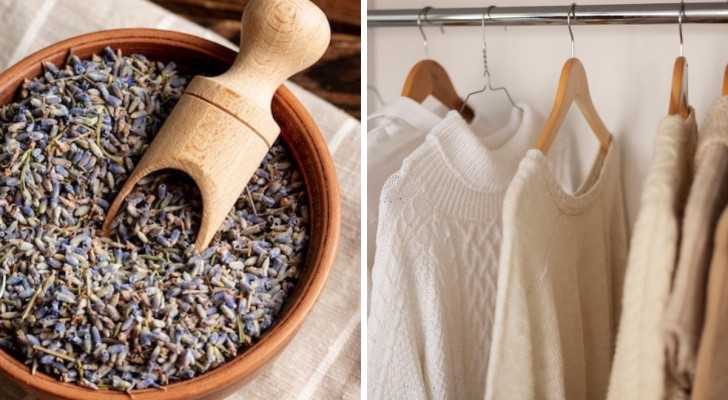Use chalk to promote plant growth: let's learn how to do this

Can you use common chalk - the kind used to write on blackboards in schools - to promote the growth of your plants? Well, it might seem strange, but you can! In fact, it is very easy to use chalk beneficially for your plants and veggies.
Why use chalk for your plants?
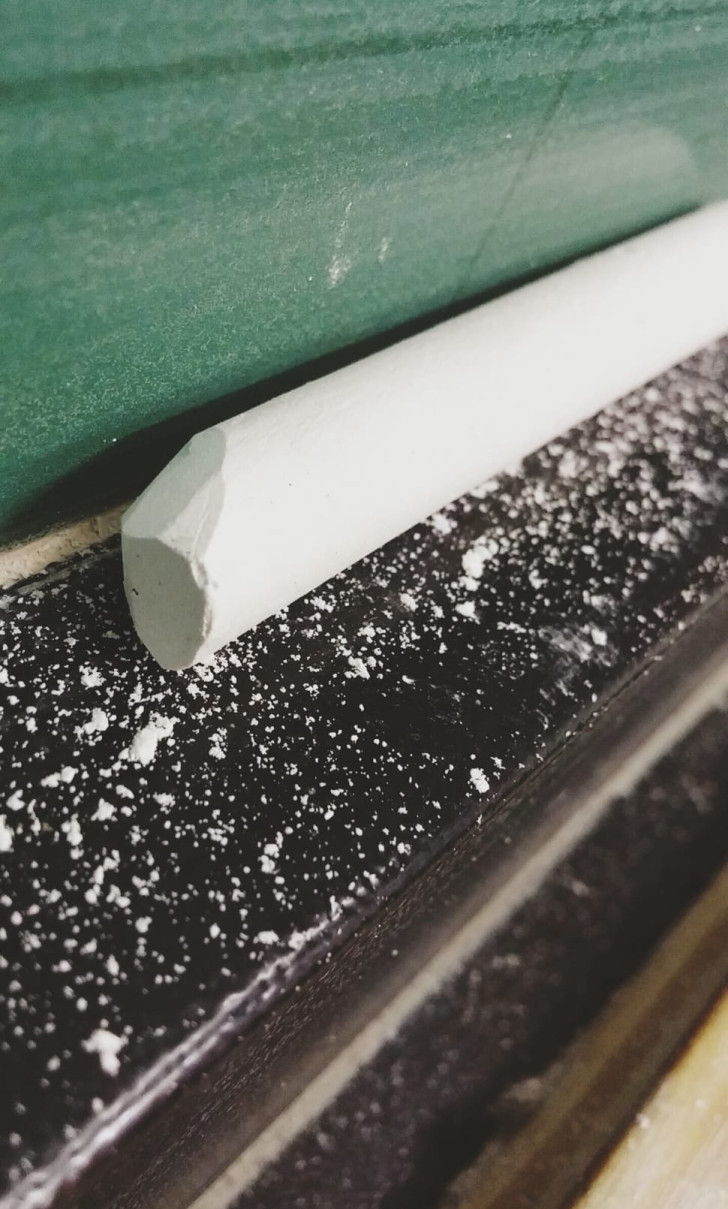
Peakpx
Chalk can be a great fertilizer, thanks to its physical properties: often, chalk is mixed in with other organic or mineral components to create all-natural fertilizers. And you can do the same too!
Chalk is useful for plants thanks to its high concentrations of calcium oxide which can increase the pH levels of the soil (in turn, improving crop yields). Chalk can also reduce the concentration of heavy, dense materials in the soil. Another benefit of chalk is that, when ground into a powder, it can help with water retention.
Experiments were also conducted which proved how mung bean plants reacted to chalk being added to their soil: those without any chalk additive had slow, limited growth; those beans treated with a moderate amount of chalk grew faster, higher and were generally healthier and more robust. It should also be noted, however, that the plants treated with high amounts of chalk grew less vigorously than the former-mentioned group.
This experiment confirmed that calcium (in the chalk) is necessary for plant cell growth (for the foliage and the roots).
How to administer chalk to plants
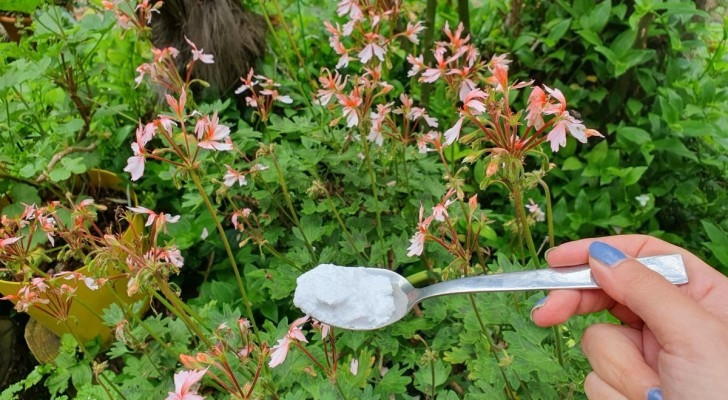
Creativo
To effectively use of chalk for your plants, you need to reduce it to powder form: putting chalk sticks into the ground or breaking it up roughly won't help much. In powder form, the chalk is incorporated much more easily into the soil. Chalk dust/powder at the bottom of a packet of chalk sticks is what you are aiming for when pulverizing your own chalk.
Use a pestle and mortar to make a fine, chalk powder. Then, sprinkle a few spoonfuls of the powder around the base of your plants (try two or three spoonfuls per plant; use one spoonful for very small plants), and gently work the powder into the soil. Once done, you can simply continue to care for your plants in the same way you always have!
It's worth giving this simple tip a go, no?

